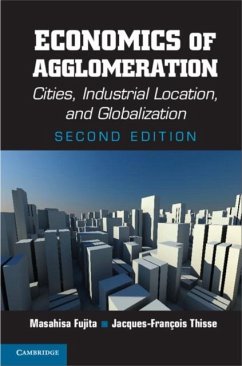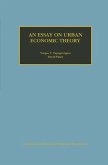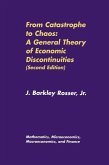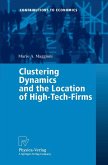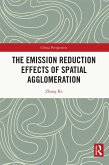Economic activities are not concentrated on the head of a pin, nor are they spread evenly over a featureless plane. On the contrary, they are distributed very unequally across locations, regions and countries. Even though economic activities are, to some extent, spatially concentrated because of natural features, economic mechanisms that rely on the trade-off between various forms of increasing returns and different types of mobility costs are more fundamental. This book is a study of the economic reasons for the existence of a large variety of agglomerations arising from the global to the local. This second edition combines a comprehensive analysis of the fundamentals of spatial economics and an in-depth discussion of the most recent theoretical developments in new economic geography and urban economics. It aims to highlight several of the major economic trends observed in modern societies. The first edition was the winner of the 2004 William Alonso Memorial Prize for Innovative Work in Regional Science.
Dieser Download kann aus rechtlichen Gründen nur mit Rechnungsadresse in A, B, BG, CY, CZ, D, DK, EW, E, FIN, F, GR, HR, H, IRL, I, LT, L, LR, M, NL, PL, P, R, S, SLO, SK ausgeliefert werden.

